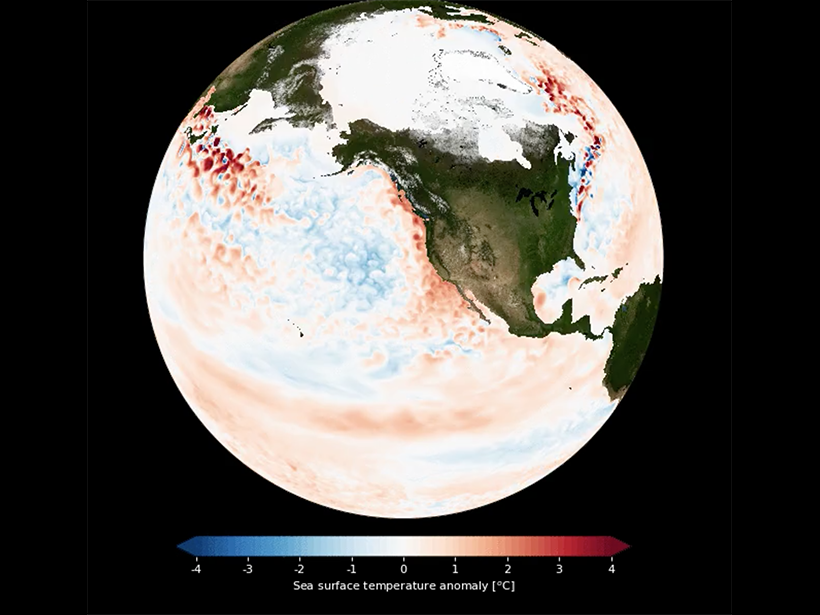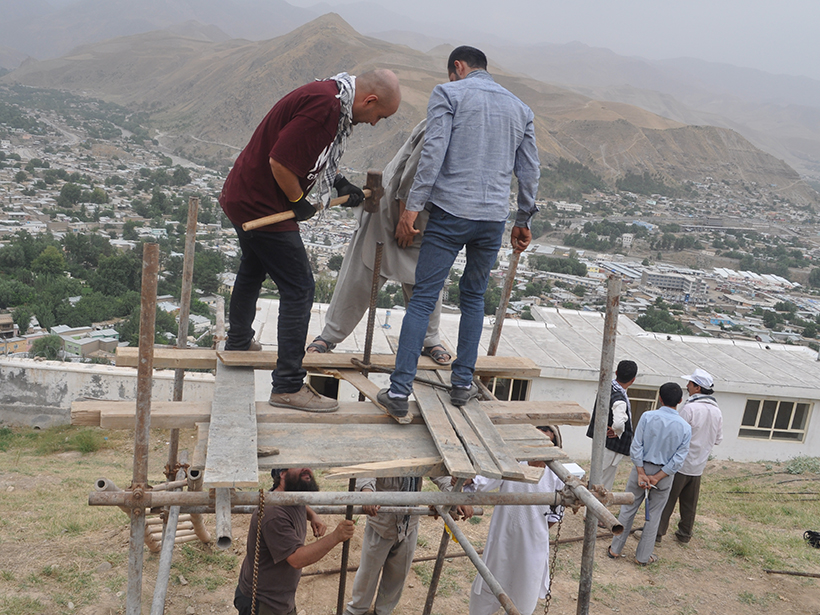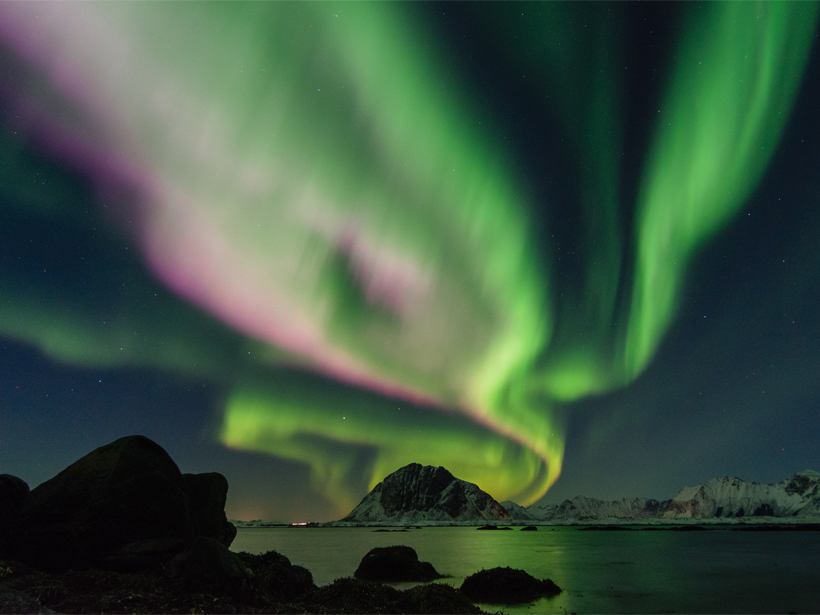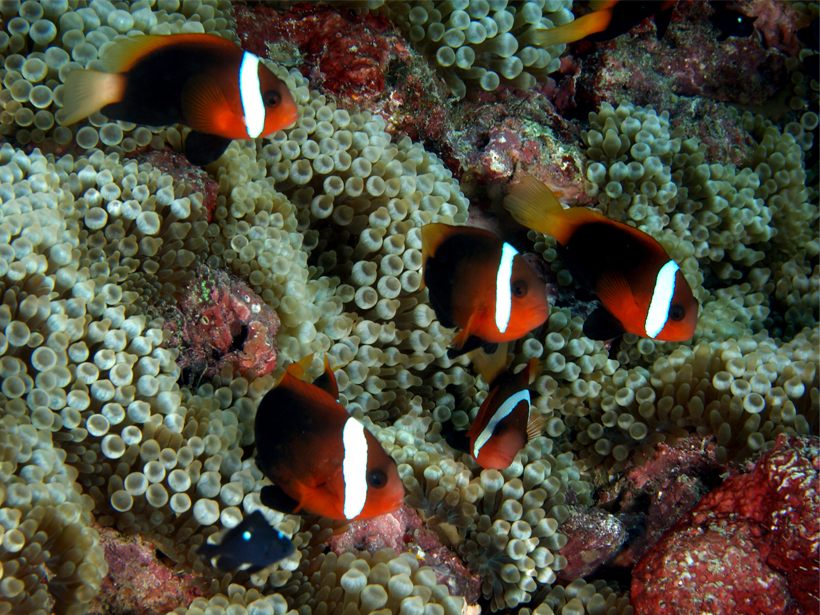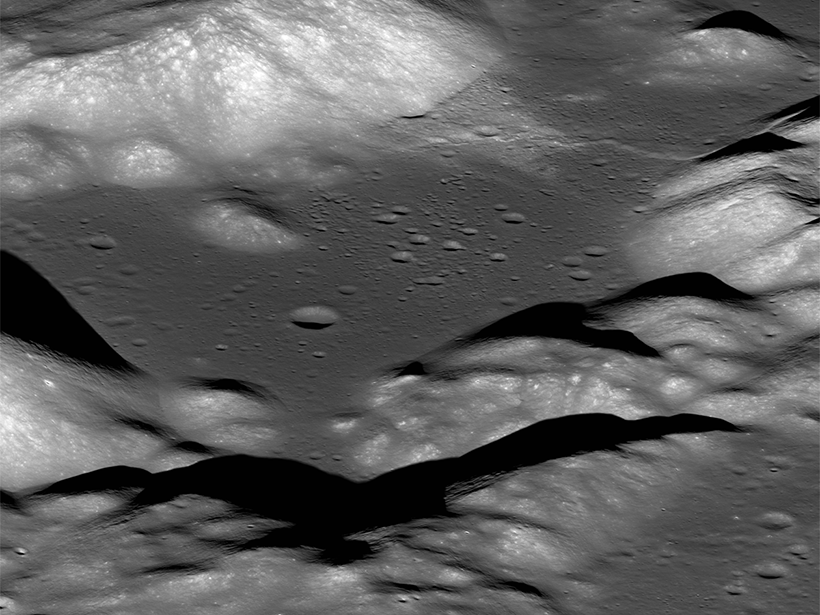Several factors make long-term climate predictions difficult. New research looks at how to improve model predictability by separating climate signals from the noise.
CC BY-NC-ND 2019
Paleomagnetism Indicators May Be Flawed
A new study finds that magnetism in volcanic ash tuff forms through varied processes, calling into question previously reliable signatures used to study variations in Earth’s magnetic field.
Déjà Vu: Understanding Subduction Zones’ Cycle of Seismicity
A unique geodetic data set from Japan’s Nankai subduction zone offers an unparalleled opportunity to study surface deformation spanning almost an entire seismic cycle.
Afghanistan’s Blob Hunters
How a first-of-its-kind team of Afghan scientists and engineers helped make a monolithic discovery.
The Mineralogical Society of America Turns 100
The society that led scientists through some of the most groundbreaking discoveries of the past century looks ahead to the next challenges with a Centennial symposium in late June.
The Effect of Coral Bleaching Events in the Great Barrier Reef
A new study using seawater chemistry compares the status of the iconic reef before and after a bleaching event.
Data Mining Reveals the Dynamics of Auroral Substorms
An analysis of 5 decades of satellite data has pieced together the most comprehensive picture yet of substorms, the magnetic disturbances that cause surges of aurora.
Damselfish in Distress?
Noise pollution may be changing how some species of fish develop.
Modeling Tsunamis with Social Media
Video footage gathered from social media is used to reconstruct the timing and likely source(s) of the tsunami generated by the 2018 Palu earthquake.
The Quaking, Shrinking Moon
New evidence suggests that the Moon may still be tectonically active.

